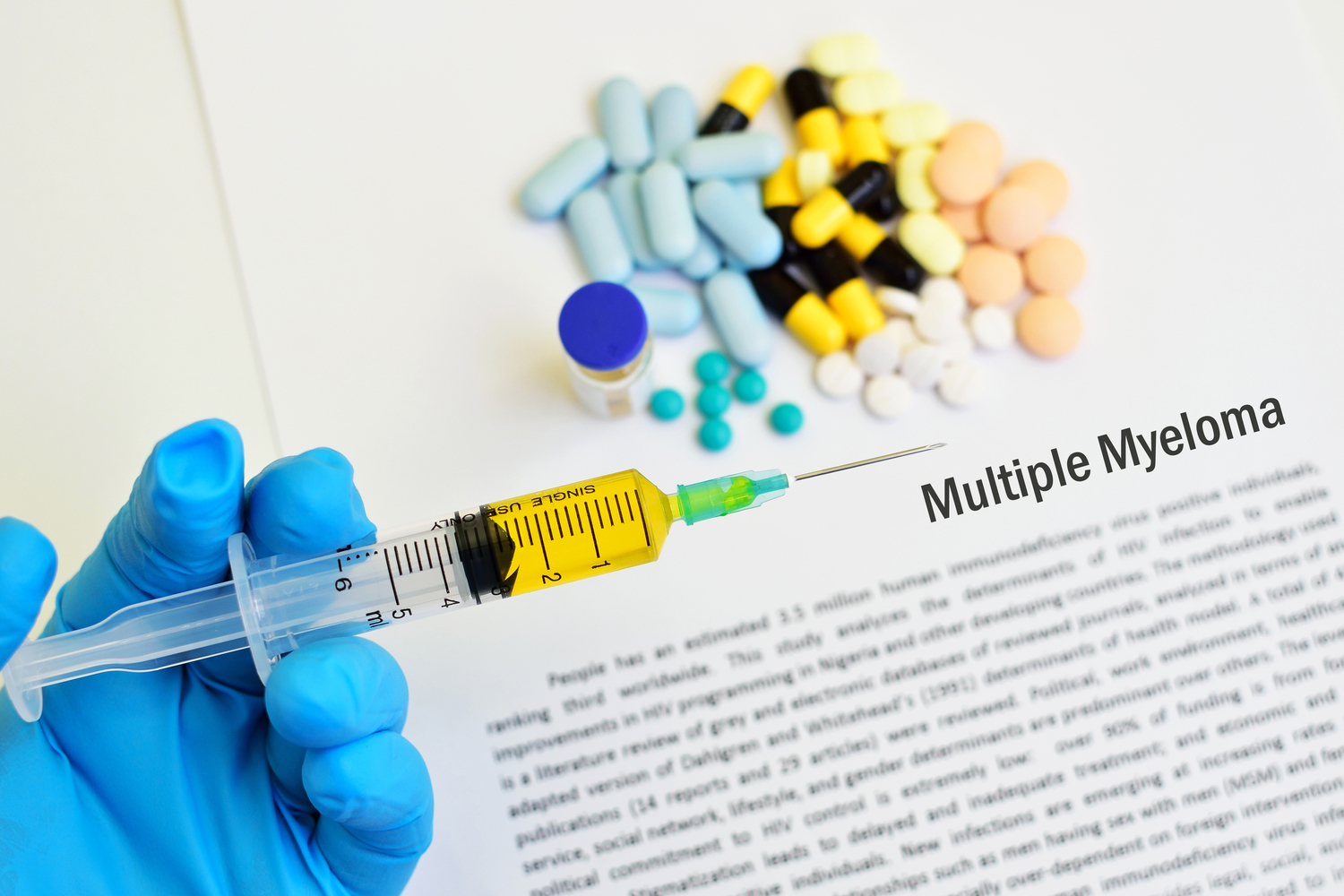
An overview of the international staging system for multiple myeloma
The treatment plan charted for patients diagnosed with multiple myeloma depends mostly on the stage of cancer, as different stages need vastly different approaches. This is determined through a wide variety of systems. However, in the case of multiple myeloma, in most cases, a multidisciplinary team usually decides the course of action to be taken following the diagnosis of the condition. The treatment procedure also depends on whether the patient will be able to withstand certain surgical or non-surgical methods. It is carefully charted to control the growth of the tumor, reduce pain, eliminate the myeloma cells and enable the patients to get back to leading a normal, active life.
The staging system currently being used to classify multiple myeloma into different stages is known as the international staging system. It can define the factors that influence the survival of the patient. Based on the levels of serum albumin present and the levels of serum β2-M, the international staging system divides the condition of multiple myeloma into 3 different stages. The 3 different stages of multiple myeloma are as follows:
Stage I: In this stage, the level of serum albumin present is either 3.5 g/dL or it could be present in higher quantities also. The levels of the β2-M present are, however, less than 3.5mg/L.
Stage II: Multiple myeloma is known to be in this stage if either of the following conditions describes the current situation in the individual:
- The level of albumin present is below 3.5 g/dL.
- The level of β2-M lies between the range of 3.5 mg/L and 5.5 mg/dL.
Stage III: The condition is classified to be in stage III if the levels of the β2-M present are higher than 5.5 mg/L.
In addition to describing the condition based on the serum albumin and β2-M levels, the international staging system has also been revised recently to include the serum lactate dehydrogenase (LDH) and high-risk gene abnormalities as indicated by the FISH test. The system along, with these revised additions, is known as the revised international staging system or the R-ISS. A poorer prognosis can be deduced if the levels of LDH present are significantly higher in the blood. Cytogenetic testing is also done to define the presence of any abnormalities in the chromosomes of the cancer cells. Through the results of these tests, one can find as to how aggressive the cancer is and can influence the progression of the disease further.
If the myeloma comes back after a certain time since the treatment, then the situation is known as relapsed myeloma or recurrent myeloma. In the case of recurrence, it should be noted that cancer should be staged again using either ISS or Duri-Salmon systems. This process is known as re-staging.
Classifying multiple myeloma into stages using this system can give the doctors a better idea of how the disease would progress, aiding in them opting for the best form of treatment.



